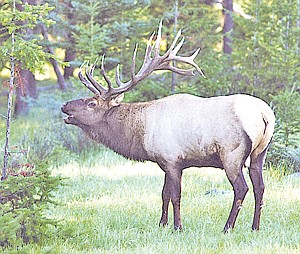129 acres conserved in Bull River wildlife corridor
An important habitat connection for grizzly bears and other wildlife in northwestern Montana will be conserved as open land after the Vital Ground Foundation and Yellowstone to Yukon Conservation Initiative (Y2Y) on Wednesday completed a land acquisition near the confluence of the Bull River and Clark Fork River.
With development pressures high across the region, the project expands habitat protections in a key wildlife corridor...
Become a Subscriber!
You have read all of your free articles this month. Select a plan below to start your subscription today.
Already a subscriber? Login



